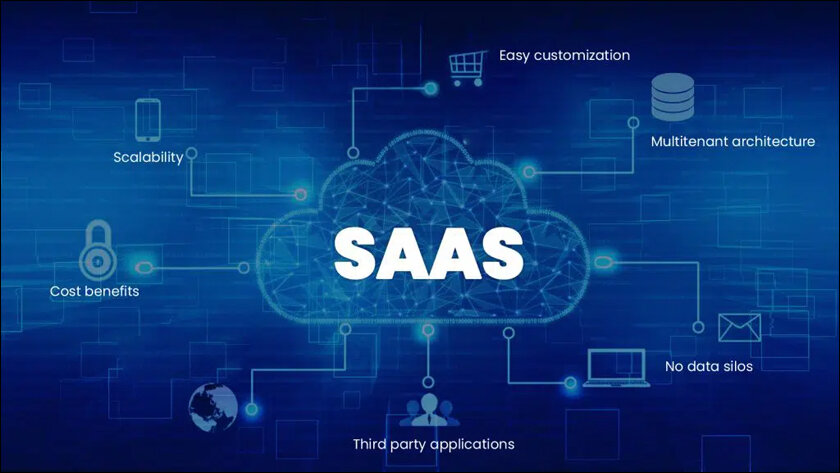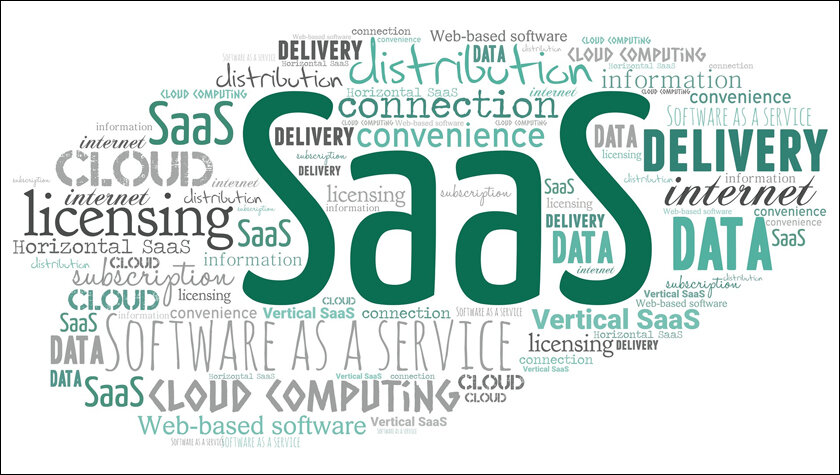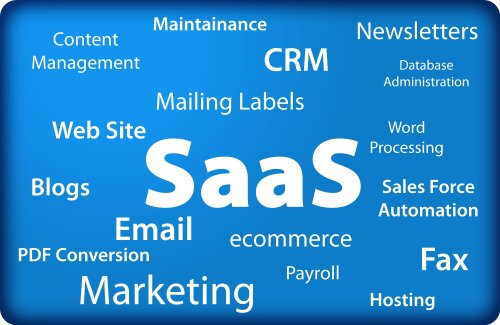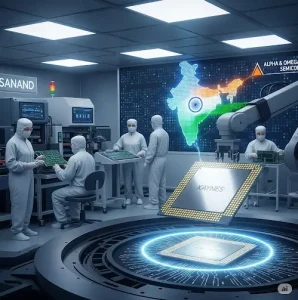The Indian SaaS ecosystem has a bright future as long as investors continue to be optimistic about Vertical SaaS and its ability to access the country’s sizable SMB market.
Everyone has witnessed the progressive transition from manual to automatic gearboxes. It’s interesting to wonder if the Indian IT sector is going through a similar transition.
Are we seeing the digital capabilities and user interface of SaaS gradually replacing the manual procedures of different sectors?
Similar to how automatic gearboxes make driving easier and effective, SaaS is streamlining company operations all throughout the country. This change is especially intriguing in India, where it has helped several enterprises grow into stand-alone sunrise sectors.

Due to a six-fold growth in investments over the previous five years, India’s SaaS business has experienced a spectacular transition in recent years, with the annual recurring revenue (ARR) expected to climb to $12–$13 billion in 2022.
India now has the second-largest SaaS ecosystem in the world, behind the US, because of this expansion. According to predictions, ARR might reach $35 billion by 2027, accounting for 8% of the worldwide SaaS market. This indicates that SaaS is not just a bright spot but also a major factor supporting the growth of India’s IT sector.
Why Now, And Why SaaS?
The SaaS industry in India is undergoing a significant transition due to three powerful macro influences. The advent of digital platforms, shown by ground-breaking inventions like UPI and Aadhar, has streamlined business processes in a variety of sectors, promoting connectivity and allowing software companies to quickly develop customised solutions for a variety of businesses.

Simultaneously, India’s smartphone revolution has led to the country’s population owning over a billion devices. This trend is mirrored in the workplace, where mobile devices have become necessary tools, inspiring the development of a new wave of cloud software aimed at enhancing mobile productivity.
Furthermore, the pandemic’s effect on global digitization has changed the way software is sold. The majority of cloud software sales have moved to online marketplaces like Zoom, completely changing the way businesses operate and providing new opportunities for Indian software as a service (SaaS) companies to expand internationally without the need for complex overseas setups.
India’s place on the global SaaS map has been cemented by the success of renowned Indian SaaS leaders in this digital environment.
The Indian SaaS sector is gaining substantial interest from the investment ecosystem and is reshaping the country’s tech environment as these dynamic macrotrends gain steam. This convergence of innovation promises a bright future for India’s software industry on the international scene and puts the country’s SaaS sector as a growth beacon.

Obstacles Facing India’s SaaS Industry
The Indian SaaS market is thriving and aiming for extraordinary development, but it is not without its share of difficulties. The macroeconomic outlook has clouded sales cycles, prompting cautious consumer spending that strains the cash flows of start-ups.
In addition, because investors are being cautious in these uncertain times, underfunded businesses have financial challenges. In order to address these obstacles head-on, SaaS startups in different phases are intensifying their approaches to revenue development. Improving client experience, lowering churn, and increasing customer retention are their top priorities.
A startling 55% of entrepreneurs questioned said they want to grow their client base and geographic reach in the face of economic difficulties. Twenty percent are concentrating on cross- and up-selling to current clients in the meantime. This ability to persevere in the face of difficulty highlights the will of Indian SaaS entrepreneurs to succeed in the current environment.

SaaS Navigates the Wide Ocean of Opportunities Without Fear of Headwinds
The SaaS sector in India is a living example of remarkable antifragility; it has persevered through financial setbacks and recessions.
The Indian software as a service (SaaS) industry has shown itself to be a strong and resilient investment environment, with sales expected to reach over $26 billion by 2026 and an astonishing 2.5X year-over-year growth. The sector has been remarkably stable even in the face of global economic uncertainty.
A noteworthy milestone was reached by almost 280 SaaS enterprises in 2022 alone, with sales ranging from $1 million to $10 million.
Furthermore, the Indian Software as a Service (SaaS) industry has demonstrated remarkable resilience in the face of swings in worldwide public valuation multiples. Its current median value multiple of 6.6X is evidence of its resilience to macroeconomic fluctuations.
Investments in Indian SaaS tripled from 2019 levels in a year marked by ups and downs, confirming the founders’ and investors’ steadfast faith in the industry’s development trajectory. The data clearly shows that, in the face of a constantly shifting economic environment, the Indian SaaS business provides investors with a stable haven.

What’s Next For Indian SaaS: The Final Destination?
Hope is king in the fast-paced world of Indian SaaS. Industry experts conducted a recent poll and discovered that 93% of founders expect revenue growth in the upcoming year, while 90% of investors continue to invest in both existing and growing SaaS areas, strongly believing in the “India advantage.”
Impressively, 96% of Indian SaaS unicorns and potential unicorns have been aggressively growing their teams, witnessing significant workforce expansion, even in the face of the worldwide workforce shrinking in 2022 and the first few months of 2023.
This excitement is further demonstrated by the astounding growth of actively financed SaaS start-ups, which in 2022 amounted to 1,650–1,750, a stunning twofold rise over the previous four years. 84% of these emerging businesses are in the seed stage, 13% are in the early stage, and the remaining 3% are in the late stage of development. Together, these businesses will influence the future of the SaaS market in India.
Vertical SaaS, DevOps, and cybersecurity will propel the Indian SaaS industry’s next phase of expansion and innovation. India is a major disruptor in these fields due to its sizable workforce in global AI and generative AI as well as its increasing significance in Web 3.
The Indian SaaS ecosystem seems to have a bright future as long as investors continue to be optimistic about Vertical SaaS and its ability to access the country’s sizable SMB market. The industry’s emphasis on revenue growth and excellent foundations support its position for long-term success despite obstacles.











3 Comments
You are awesome, keep it up dinesh. The way you are expressing your views are good👍
Super ❤️ Go ahead..
Ur interest, passion towards writing always wonders me, as I have always seen you being kid. Well grown…… groom and shine….best wishes……